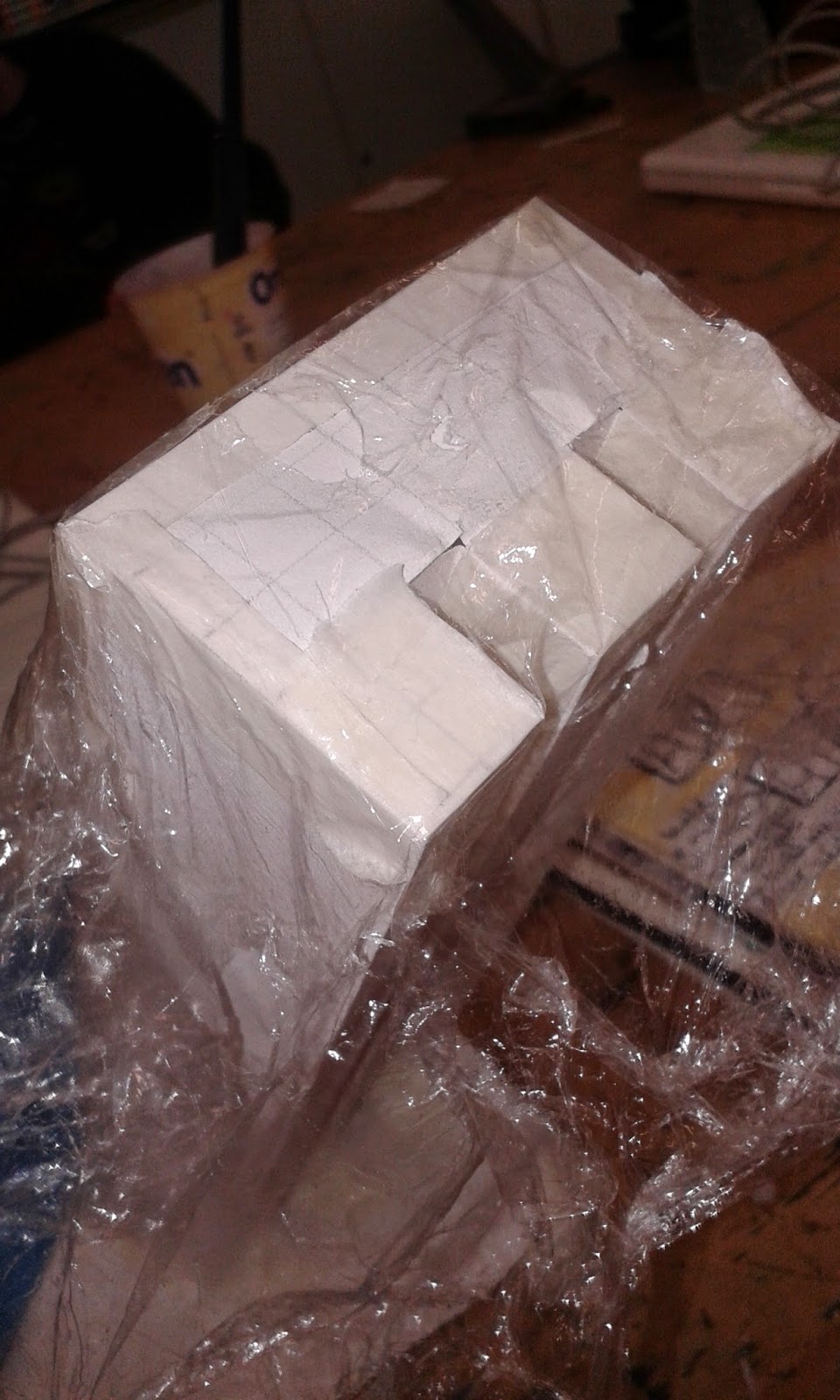Surrealism
Definition: Surrealism is a part of art and literature, which looks at creative potential like dreams and imaginations.
Surrealism was rebelling against social and political and was connected the communist part.
The movement was stemmed from the dada movement.
The movement was founded in 1924 by Andre Breton in Paris and finished 1945 with his manifesto of surrealism.
There were 2 types of surrealism one was the early dream work by Salvador Dali and Rene Magritte and the other type was free form works by Max Ernst and Joan Miro.
Vladimir Kush is another a surrealism artist, who was inspired by Salvador Dali.
Art Nouveau
Definition: Art Nouveau is a style of art that focuses on design and architecture that uses curved lines and shapes that are derived from natural forms
The movement started in the 1890 and finished in the 1910. Alphonse Maria Mucha Is a contributor to the Art Nouveau style who is best know for his pieces featuring women surrounded by nature.
It was successful until world war one started.
Abstract Expressionism
Definition: Abstract Expressionism is an abstract style that focus on the expressive and emotional effects of a painting.
The movement started in the 1944 and was lead by Jackson Pollock and Mark Rothko and finished in the 1960.
There are two main groupings of abstract expressionism one is the action painter led by Jackson Pollock who worked in a spontaneous manner using large brushes to make gestural marks. The second group is the colour field painters that focused on religion and myth. The were created with simple composition with large areas of a single colour which intended to produce a relaxed response in the viewer.
Modernism (Modern Art)
Definition: Modern art a term given to art and architecture which dominated western culture.
There where many art movement associated with modern art which include Impressionism, Cubism, Bauhaus, Surrealism, Futurism, Pop Art and Op Art.
It started in the 1860 and finished in the 1970 due to artists and movements that began to react against Modernism and so Post-Modernism was formed. Because modernism was made up of many movements there was no one artist that started modernism.
But one artist that is well known as a modernist artist is Vincent Van Gogh.
Dada
Definition: Dada is a variety of art which does not have a certain style. Powerfully influenced by futurist and expressionist concerns with technological involvements. Is a form of artistic anarchy, born out of disgust of social, political and cultural values of the time. It embraced elements of art, music, poetry, theatre, dance and politics. Dada ranges from painting, photography, poetry, sculpture and collage. Dada was created by painters, poets and film makers
who moved to Switzerland during the war.
Dada started in 1916 in Switzerland and ended in 1924.
Man Ray played a major role in Dada and Surrealism movements in America as well as in
Europe.

























